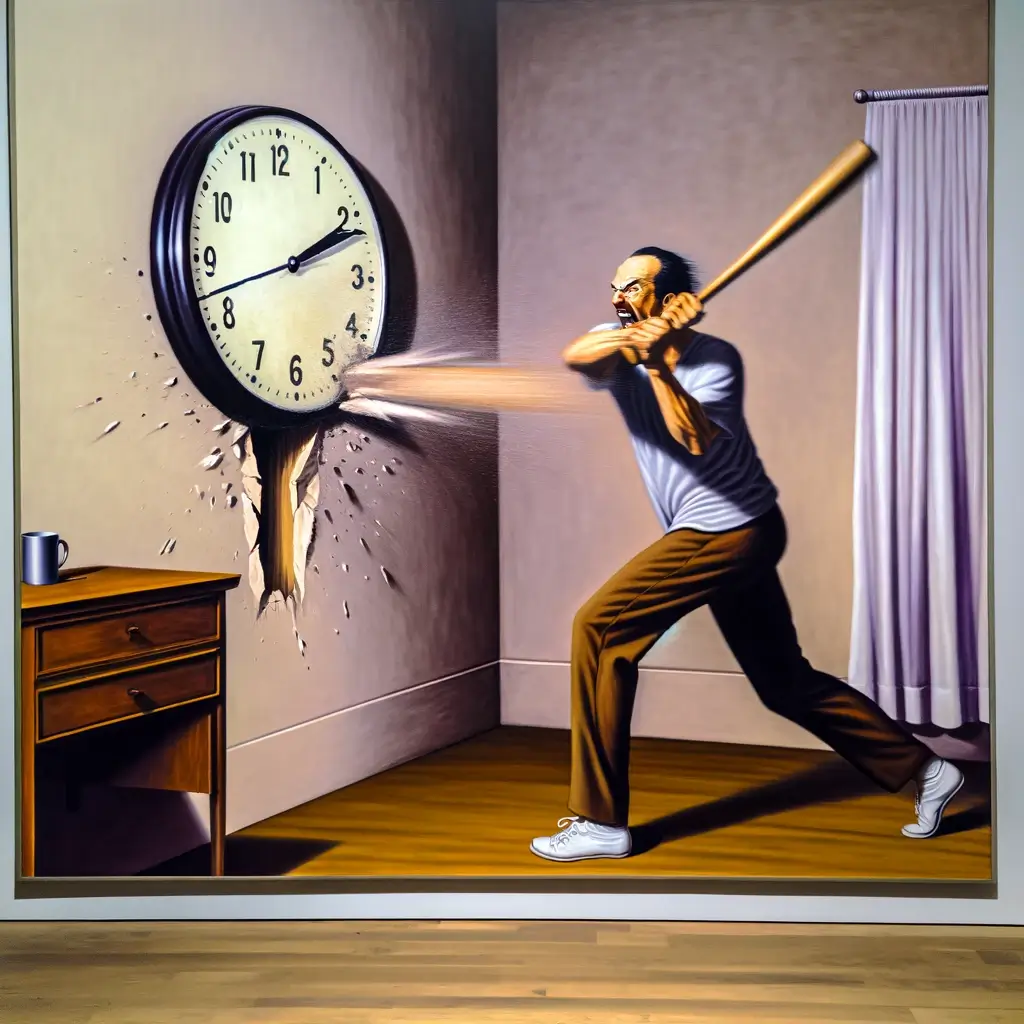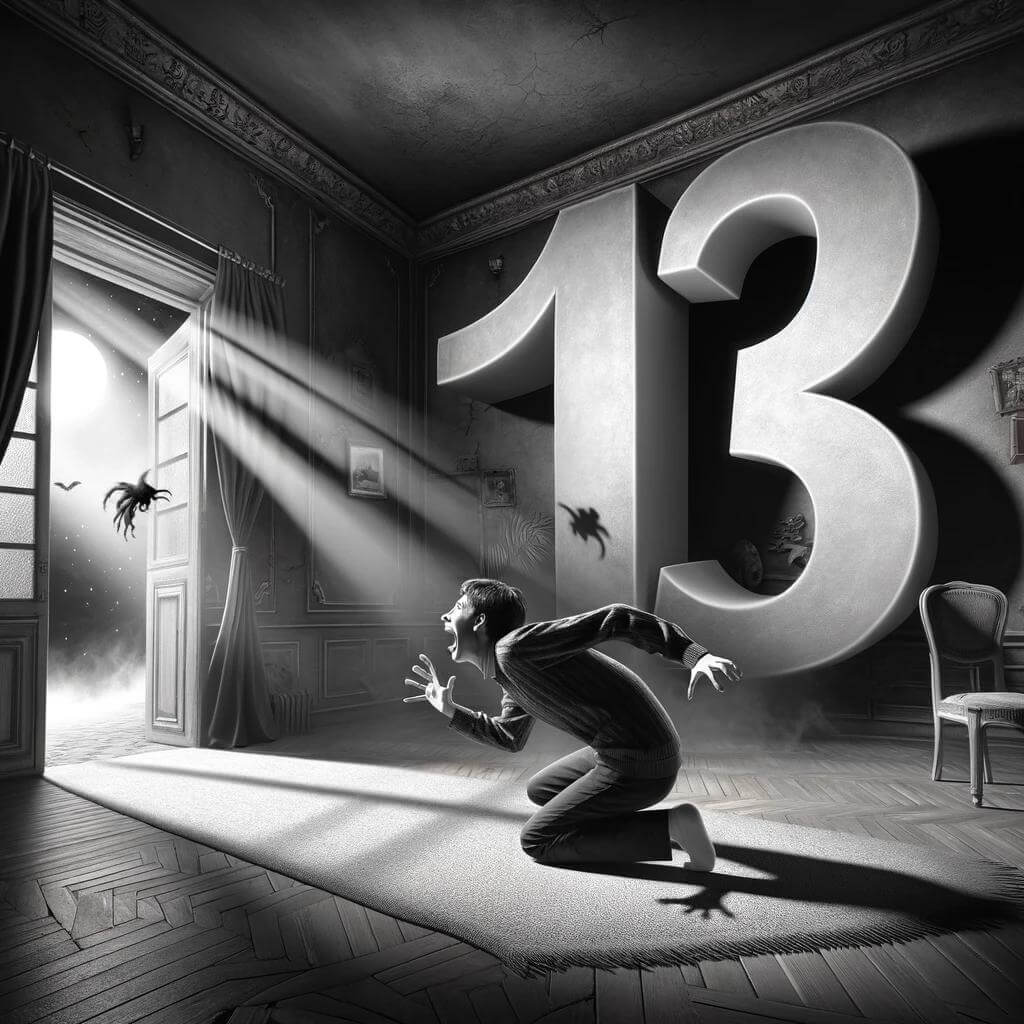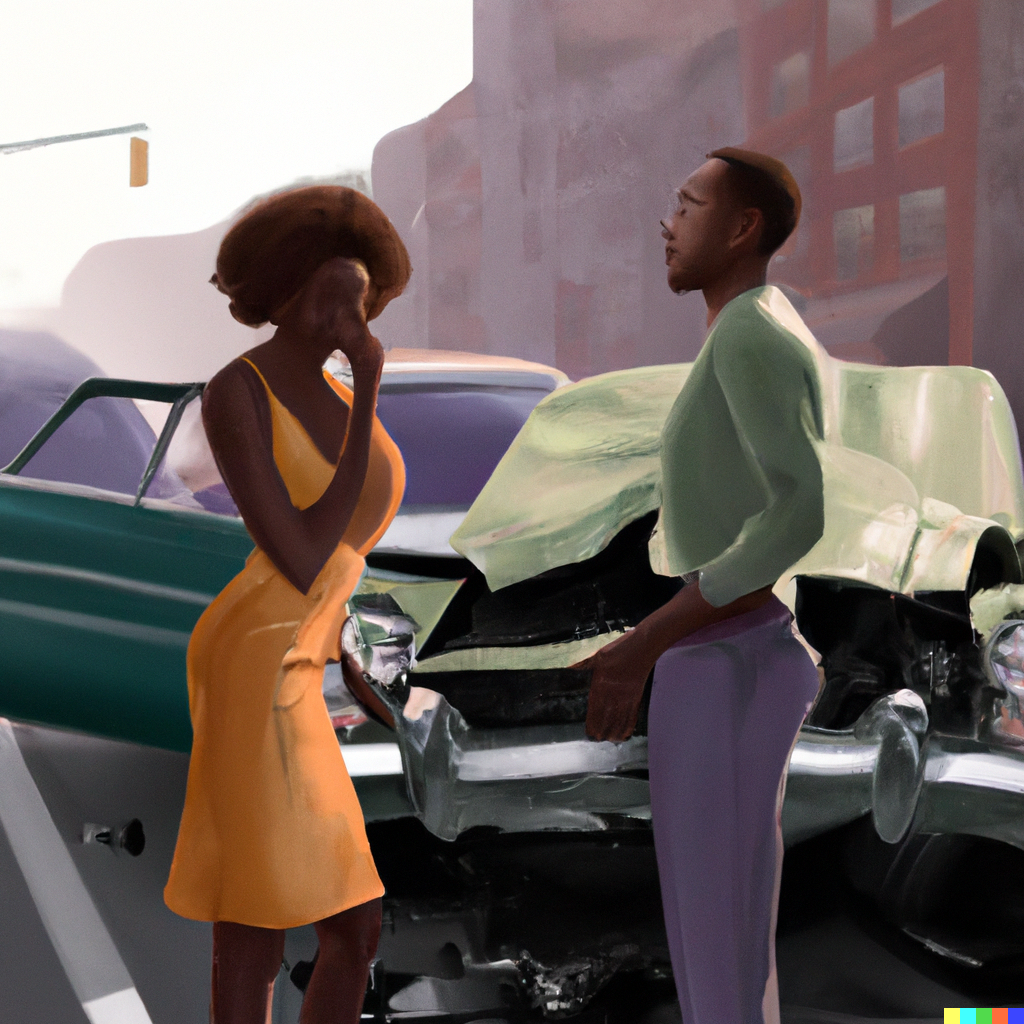SELPH LAW: Who Pays for Damages in a Car Accident When Driving a Friend’s Car?
Welcome back to our blog. Today, we’re delving into a common question that many clients at SELPH LAW in Columbus, Ohio, have asked us: “Who’s responsible for damages if you have an accident while driving a friend’s car?” It’s a scenario that isn’t too uncommon, but it does come with its complexities. So, let’s break it down.
When Borrowing Leads to an Accident
You borrow your friend’s car for a quick run to the store. Maybe you’re helping out, maybe your car is in the shop—whatever the reason, you’re on the road. Then, disaster strikes. An accident. The immediate thought is, “Whose auto policy will cover the damages?”
Primary vs. Secondary Insurance
- Primary Insurance: This is the insurance policy that directly covers the vehicle involved in the accident. So, if you’re in an accident while driving a friend’s car, their auto policy would be the primary insurance. This means that their insurance would typically be the first to pay for any damages or injuries up to the policy limits.
- Secondary Insurance: This is a backup insurance for when the primary insurance’s coverage limit is reached. In our scenario, if your friend’s policy limit is exceeded due to the damages or injuries from the accident, your own auto insurance (assuming you have one) could act as secondary insurance and might cover the excess costs.
Implications for the Vehicle Owner
The owner’s auto insurance policy in Ohio usually covers any licensed driver they give permission to drive their vehicle. However, if a claim is made on their policy, it might result in increased premiums. Even if they weren’t behind the wheel, the responsibility lies with the policyholder, simply because it’s their car and their insurance.
Exceptions to the Rule
There are always exceptions. Certain scenarios where the driver’s policy might become the primary insurance include:
- Excluded Drivers: If the vehicle owner’s policy explicitly excludes certain drivers and one of those drivers borrows the car and gets into an accident, the owner’s policy may refuse to pay. In such a case, the driver’s policy would be used.
- Non-permissive Use: If someone uses a car without the owner’s permission and gets into an accident, the driver’s policy might become the primary source for covering damages.
Takeaways
If you ever find yourself in a situation where you’re driving a friend’s car, it’s crucial to:
- Ensure you have permission to drive the vehicle.
- Be aware of the insurance implications, knowing that the car owner’s policy will likely be the primary source of coverage in case of an accident.
- Stay informed about your own auto policy, as it can act as a secondary source of coverage if needed.
Car accidents are unexpected and can be overwhelming. If you’re facing this situation in Columbus, Ohio, don’t hesitate to reach out to SELPH LAW at 614-453-0971. Our expert team specializes in personal injury law and will guide you through the process, ensuring you’re well-represented and informed every step of the way.
Disclaimer: This article is intended for informational purposes only and should not be considered legal advice. Always consult with a licensed attorney about your specific situation.
Sub Categories
Recent Articles
-
 Apr 21, 2024How to Sue a Fast Food Company: A Step-by-Step Guide
Apr 21, 2024How to Sue a Fast Food Company: A Step-by-Step Guide -
 Apr 12, 2024Sue-ing Nothing Part 5: Legal Expeditions into the Absurd
Apr 12, 2024Sue-ing Nothing Part 5: Legal Expeditions into the Absurd -
 Apr 12, 2024Sue-ing Nothing Part 4: Legal Wanderings into the Realm of the Unfathomable
Apr 12, 2024Sue-ing Nothing Part 4: Legal Wanderings into the Realm of the Unfathomable -
 Apr 12, 2024Sue-ing Nothing Part 3: Legal Quirks and Quests Beyond Imagination
Apr 12, 2024Sue-ing Nothing Part 3: Legal Quirks and Quests Beyond Imagination

